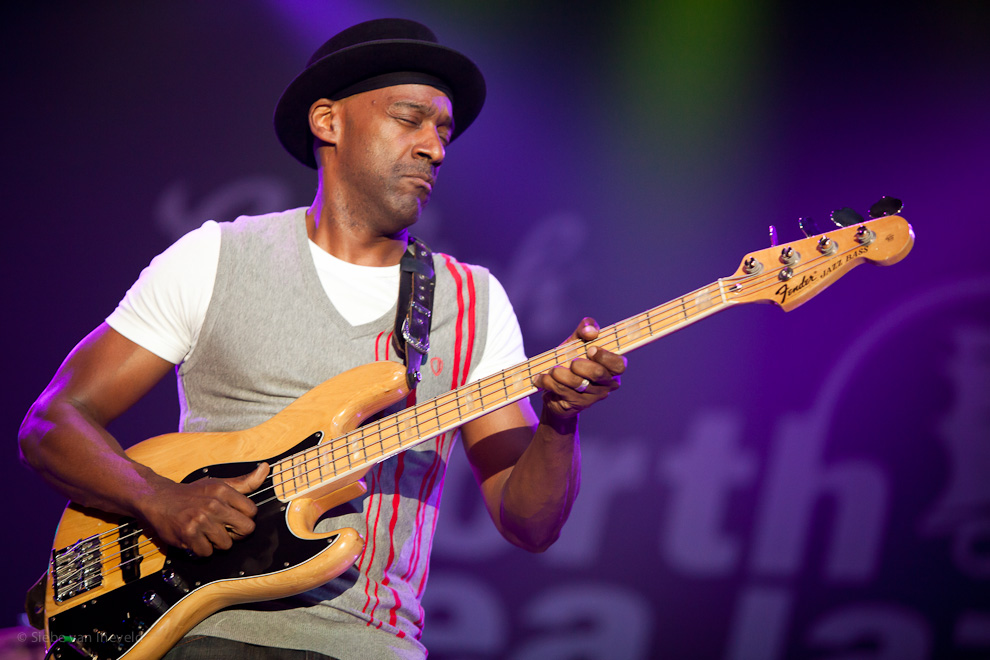As I near the end of the semester I’ve gotten more picky and have spent more time researching top bass players and Ron Carter is one that almost slipped right by me. Ron Carter is right up there with Ray Brown, the Miles Davis quintet and other greats in terms of his influence. According to allaboutjazz.com: " He was named Outstanding Bassist of the Decade by the Detroit News, Jazz Bassist of the Year by Downbeat magazine, and Most Valuable Player by the National Academy of Recording Arts and Sciences." [1]
Ron Carter was born on May 4, 1937 in Ferndale Michigan. His initial instrument was the cello that he started to play around the age of 10. He attended the Cass Technical High School in Detroit, followed by the Eastman School Music in Rochester, New York. He played in the Philharmonic Orchestra there and graduated in 1959. He then graduated from the Manhattan School of Music in 1961 with a master's degree in double bass performance.
After graduation he worked as a free-lance bass player, playing and touring with several different bands. In the early 1960s he really started to make some noise and became noticed as he came to fame with second great Miles Davis quintet. He played with the New York Jazz Quartet in the 1970s. In 1993 he earned a Grammy award for Best Jazz Instrumentalist group with the Miles Davis quintet and also another one in 1998 for a song that he composed for the film ‘Round Midnight. He has composed music for A Gathering of Old Men, starring Lou Gosset Jr. He has composed music for many films as well as worked on many projects for Public Broadcasting System (PBS).
He was Artistic Director of the Thelonious Monk Institute of Jazz Studies when it was in Boston. He was on the faculty of the Music Department of The City College of New York and is currently Distinguished Professor Emeritus.
For my listening this week I picked a piece by the Miles Davis Quintet. This features Ron Carter on bass. Herbie Hancock on piano, Miles Davis on trumpet, Wayne Shorter on sax and Tony Williams on drum set. This piece starts out very fast. They keep this speed and intensity throughout the piece. It seems to be in an AABA form with a 4 beats per measure time feel. It is hard to tell exactly just because there is so much going on. We start out with a trumpet solo by Miles Davis. Backgrounds come in a bit later. At about the 2:20 min mark we go to a sax solo. All this time we hear Carter in the background just literally cruising on the stand-up bass. The ending is really cool. It slows down and the band fades out to the piano and sax. A really great listen!












